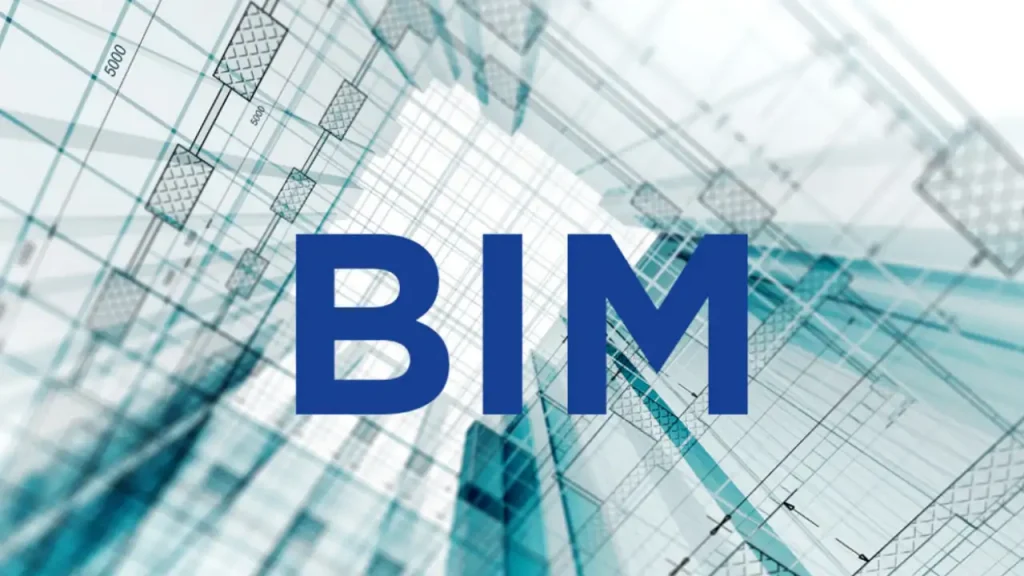
The manufacturing industry is constantly changing and evolving, and in order to stay ahead of the competition, it’s important to understand the latest trends and technology. One such trend that is making a big impact on the industry is Building Information Modeling (BIM). In this article, we will explore how BIM can improve supply chain optimization and production planning for the manufacturing industry.
What is Building Information Modeling (BIM)?
Building Information Modeling, or BIM, is a process that uses computer-aided design (CAD) to create a three-dimensional model of a building. The model can be used to plan and construct the building, as well as to manage and operate it after it is built.
BIM can be used for new construction projects, as well as for retrofitting or renovating existing buildings. It is becoming increasingly popular in the construction industry, as it can help to save time and money while ensuring that projects are completed to a high standard.
In the manufacturing industry, BIM can be used to streamline the production process and improve efficiency. It can also be used to create virtual prototypes of products, which can then be tested before they are manufactured. This can help to reduce waste and ensure that products meet customer expectations.
BIM is an important tool for any company that is involved in the construction or manufacturing industries. It has the potential to revolutionize the way that these industries operate, and it is already having a significant impact on the way that projects are planned, designed, and executed.
What does Building Information Modeling (BIM) mean for the manufacturing industry?
Building Information Modeling (BIM) is a process that uses computer-aided design (CAD) software to create three-dimensional (3D) models of buildings. This process allows for the virtual construction of a building before any physical work begins. The models created during the BIM process can be used to plan and manage every aspect of the construction project, from the initial design to the finished product.
The impact of BIM on the manufacturing industry has been profound. The use of BIM has allowed manufacturers to become more efficient and productive in their work. In addition, it has helped them to create better-quality products and to reduce waste and costs associated with traditional manufacturing methods.
Why should supply chain managers and production planners care about BIM?

Building Information Modeling, or BIM, is an important tool for supply chain managers and production planners. BIM can help managers and planners optimize their production processes and improve communication between different parts of the manufacturing process. Additionally, BIM can help managers and planners visualize the impact of proposed changes to the production process, allowing for more informed decision-making. Ultimately, BIM can help reduce costs and improve efficiency in the manufacturing industry.
How can companies use BIM to improve efficiency and reduce costs?
In order to improve efficiency and reduce costs, companies can use BIM to create a digital model of their facility. This model can be used to simulate different production scenarios in order to find the most efficient way to produce a product. Additionally, BIM can be used to create a virtual tour of the facility, which can help employees better understand the layout of the space and how each workstation is used. By using BIM, companies can save time and money while improving their manufacturing process.
Conclusion
Building Information Modeling (BIM) has revolutionized the manufacturing industry, introducing significant improvements in efficiency, cost savings and product quality. BIM is changing the way manufacturers interact with their customers, allowing them to quickly create accurate designs and simulations while keeping up with ever-changing customer needs. With its powerful capabilities, it is no wonder that more and more companies are turning to BIM as a way of staying competitive in today’s market
Follow us to stay updated on LinkedIn, Facebook, Instagram and Twitter.
